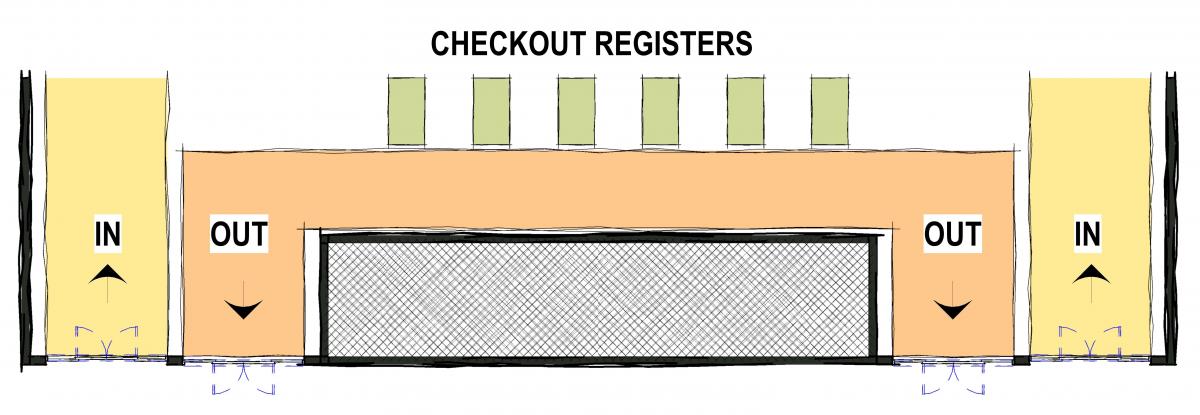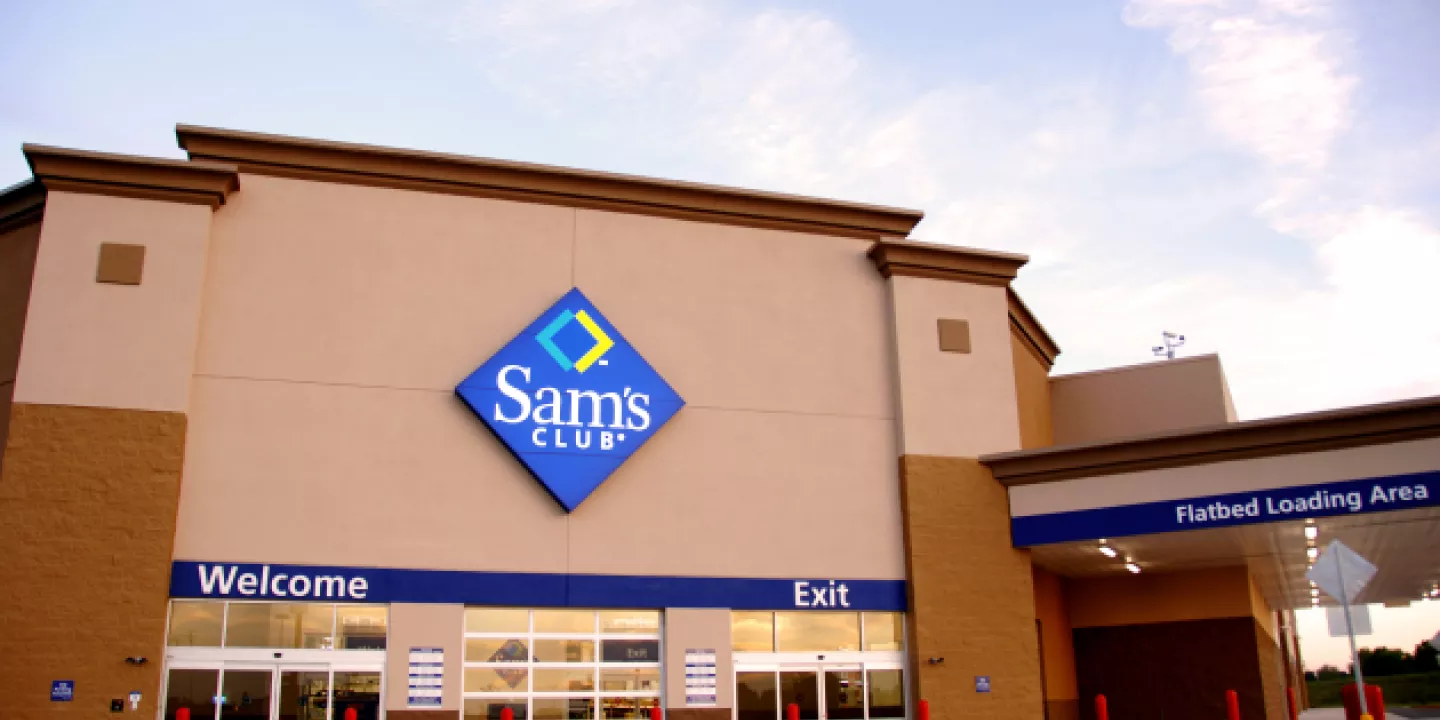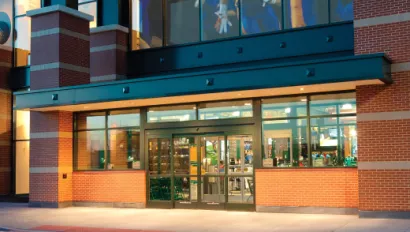As an Architect or Specifier, you’ve probably seen some “blooper reels” of automatic sliding door fails. While some of those cringe-worthy video clips may seem humorous, we take automatic door safety seriously here at STANLEY Access Technologies.
Every day we look for the perfect balance between functionality, safety, and convenience for your building’s end-users. Automatic doors play a much bigger role in the end user’s experience than some designers realize.
Your Door’s Role in Good Wayfinding
“Good wayfinding promotes healing because it enables people to understand their environment. Being in control of one’s environment provides empowerment and comfort; key factors in reducing stress, anxiety, fear – feelings that undermine the body’s ability to heal.”
- Romedi Passini and Paul Arthur, Wayfinding: People, Signs and Architecture
Whether you’re designing a hospital, hotel, a school, a retail center, or an office building -- good wayfinding is good design.
And if your entrances and exits stand out, it can help a newcomer quickly and intuitively figure out their next step; making their experience a little less stressful.
Which door is which?
One thing you’ll notice when you watch some of the bloopers is pedestrians sometimes don't know which door is for entering or exiting. This is especially noticeable at major retail stores. Why?
Since childhood, most of us have been trained to always “stay-to-the-right.” Here in the United States, that is the way we drive, go up flights of stairs, and enter and exit buildings.
However, the trend at newer “big-box” stores has the exit doors closest to the check-out registers. This helps exiting customers avoid crossing paths with customers coming into the store. That means, when you have entrance and exit doors on both sides of the check-outs, you end up with one side being the opposite orientation we’re all used to.
This (dis)-orientation can lead to confusion and annoyance, definitely not what the store owner -- your client -- is aiming for.
Aside from posting huge signs everywhere to guide customers, what are some other solutions to consider?
One thought would be different colored paint for the frame of each door type.
So, maybe the exit doors are colored red on the side you shouldn’t enter through. And green on the side you’re supposed to use.
If that doesn’t work with your design, consider a less obtrusive use of decals across the glass. Or you can add muntins to the door and place decals there to help guide pedestrians.
Location, location, location…
Another troublesome condition we’ve seen in smaller retail stores is when the cash register is located too close to an automatic door.
Why is that a problem? It’s not, until a line of customers starts to form close enough to the door to set the motion sensor off. This opens the store to inclement weather outside, wastes energy, and wreaks havoc on the HVAC system. And can make the customers and staff uncomfortable.
Once again, not the goal of your design.
The solution to this one is a bit easier and more obvious. But it does require some forward thinking as you develop your design.
The first option is to avoid putting the registers next to the doors. Move the registers further into the store to allow room for lines of customers. Of course, you’ll also want a good line of sight to the doors to welcome new customers, and keep the merchandise from walking out the door.
If moving the registers isn’t an option for you -- like in a convenience store or gas station -- you still have options. At STANLEY, we offer our Dura-Glide Greenstar door to help you minimize this issue.
How does it work?
When it’s cold or windy outside, you can adjust the width of the door opening with the flip of a switch. Saving you energy and money, while cutting down on how much of the outside is getting in. Plus the door’s sensor cuts about 1 second off the open time.
And, of course, there’s the option of adding an air curtain to help you cut up to 80% of the air coming in and out when the door’s open.
Want help knowing what options you have?
Our expert field of Territory Managers can help guide you through the process. We’ll make sure you get the perfect doors to delight your clients on opening day (and for years to come).
If you’re ready to get started on your current project, you can call 1-800-722-2377 or contact your local representative.





